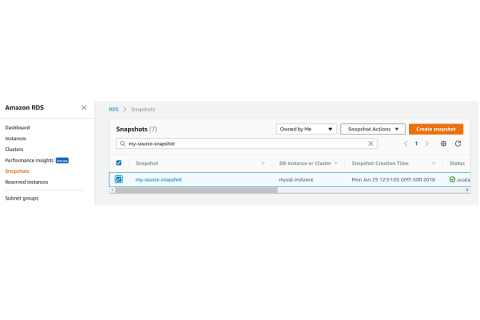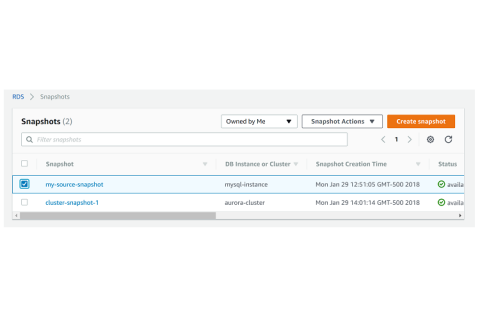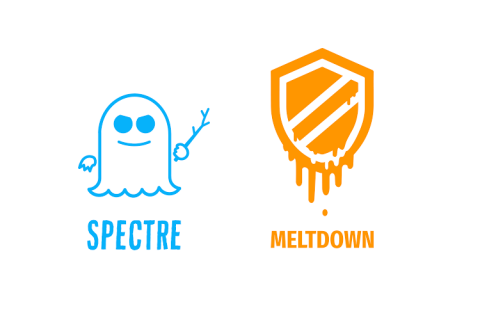New Coverage Reports
Today we’re happy to announce two new reports available to Skeddly users: Backup Coverage Report, Start/Stop Coverage Report. Both of these reports will cross-reference resources in your AWS account against actions in your Skeddly account to determine how “covered” you are.







